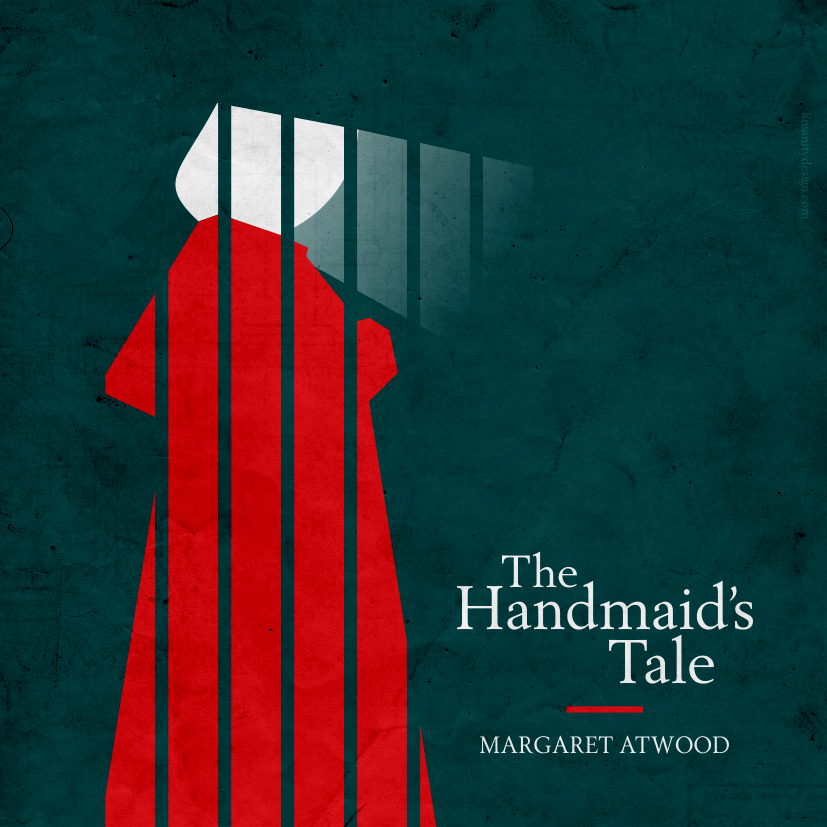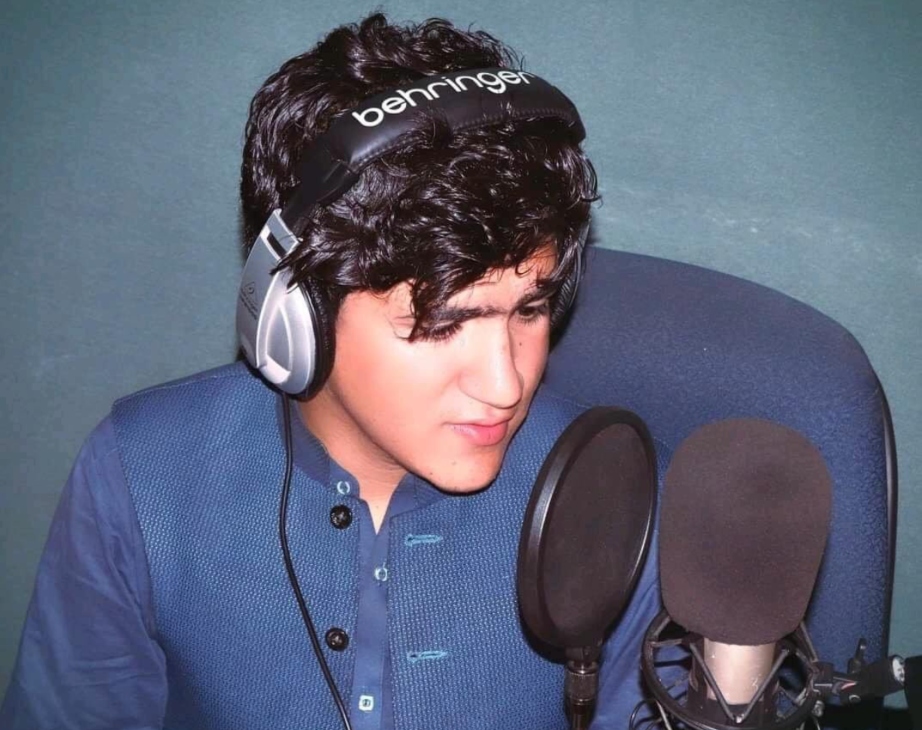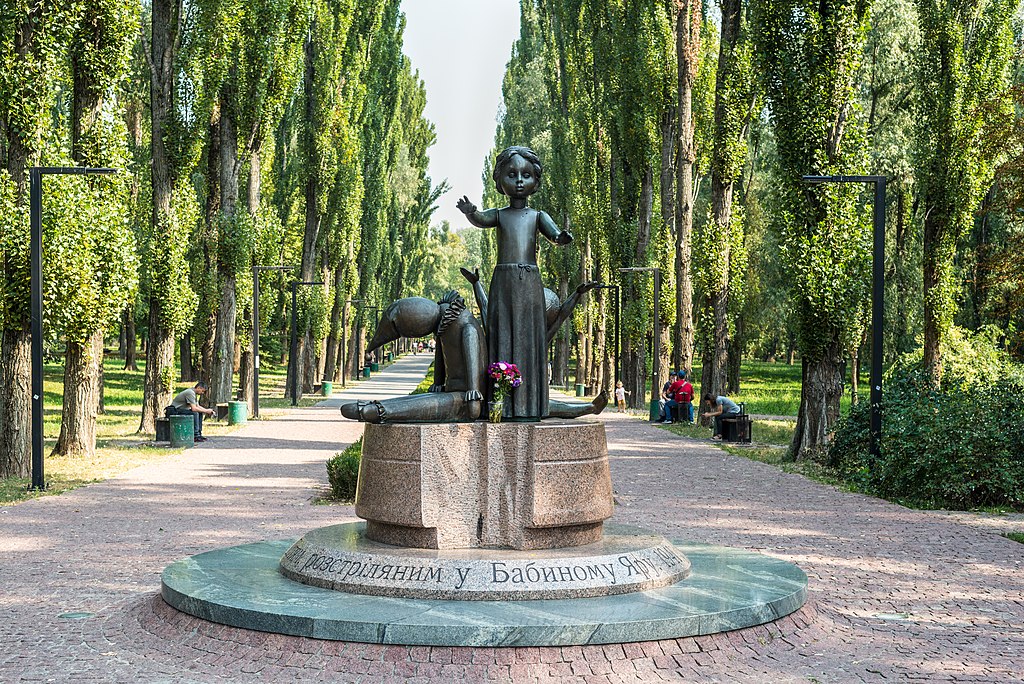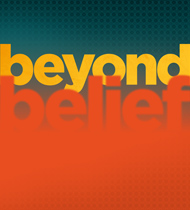 Today Index on Censorship launches Beyond Belief — a case study examining theatre, freedom of expression and public order. Kenan Malik explains why it is that the most censorious voices hold the greatest sway
Today Index on Censorship launches Beyond Belief — a case study examining theatre, freedom of expression and public order. Kenan Malik explains why it is that the most censorious voices hold the greatest sway
To understand the issues around the production of Behud in the light of the Behzti controversy, we need to understand how two recent trends have combined to transform not only the way in which the role of theatre has changed in recent years, but the very character of censorship in the arts.
The first trend is a shift in the social meaning of theatre — and in the arts more generally — and in the perception of the role of the audience. The second is a change in our understanding of diversity and of how it should be managed. The consequence has been the remaking of censorship which, as Svetlana Mintcheva and Robert Atkins observe in the introduction to their book Censoring Culture: Contemporary Threats to Free Expression(The New Press, 2006), has become “invisible”, operating increasingly as a moral imperative, or as the inevitable result of the impartial logic of the market, rather than as a legal imposition.
Over the past 20 years there has been a growing tendency to view the arts in terms of its social impact. There is nothing new, of course, in the idea that the arts should have a social function. What has changed, however, has been the development of an increasingly instrumental view of culture and the enthroning of the audience as the gauge of artistic value. These ideas have become embodied in two seemingly very different political philosophies: the Thatcherite free market ideology of the 1980s and the idea of social inclusion promoted by New Labour at the end of the following decade.
In the 1980s, the Conservative administration rowed back on state subsidies and opened up the arts to the market. This process of marketisation undermined “elite” forms of art and encouraged more populist programming. It also led to a new emphasis on the audience as the arbiter of artistic (and social) worth. “We are coming to value the consumer’s judgment as highly as that of the official or the expert,” wrote the Arts Council England (ACE) chairman William Rees-Mogg in his 1988 annual report. “The voice of the public must… be given due weight.” “The way in which the public discriminates,” he added, “is through its willingness to pay for its pleasures.” The meaning of “the public” had subtly changed here, referring not so much to the body politic of democracy as to the collective weight of individual consumers.
When New Labour came to power in 1997, these trends became intensified. At the heart of the new administration’s cultural policy was a belief that the arts had a crucial role in promoting economic growth, urban regeneration and, in particular, “social inclusion”. Cultural organisations had to think about how their work could support government targets for health, social inclusion, crime, education and community cohesion. In the words of one Department for Culture, Media and Sport (DCMS) study, “Culture on Demand” (2007), the wider social benefits of cultural involvement included “the reduction of social exclusion, community development, improvements in individual self-esteem, educational attainment or health status”. The Arts Council insisted that only works that sought “to provide positive benefits for communities, such as bringing different groups of people together, reaching people who experience particular disadvantage or deprivation” would receive funding.
“Consultation” became a  centrepiece of arts policy. “Cultural planning,” as Graeme Evans and Jo Foord explained in Cultural Mapping and Sustainable Communities: planning for the arts revisited (2008), “is a process of inclusive community consultation and decision-making that helps local government identify cultural resources and think strategically about how these resources can help a community to achieve its civic goals”. It needed to be “a consultative and participatory process involving all interested groups within the local and artistic community”.
centrepiece of arts policy. “Cultural planning,” as Graeme Evans and Jo Foord explained in Cultural Mapping and Sustainable Communities: planning for the arts revisited (2008), “is a process of inclusive community consultation and decision-making that helps local government identify cultural resources and think strategically about how these resources can help a community to achieve its civic goals”. It needed to be “a consultative and participatory process involving all interested groups within the local and artistic community”.
It was not enough to expect the audience to come to the theatre or visit a gallery or museum. The cultural institutions themselves had to develop their audiences by meeting the needs of diverse groups. All “ages, religions, cultures, sexualities, disabilities and socio-economic backgrounds… should be given the chance… to find their voice and to contribute to the culture, diversity and creativity of this country,” as Sir Brian McMaster, in his landmark report for the government on excellence in the arts, put it (Department for Culture, Media and Sport, January 2008).
And this leads us to the second important change over the past 20 years: the remaking of our understanding of diversity and of how it should be managed. In 2000, the Commission on the Future of Multi-Ethnic Britain, set up by the Runnymede Trust under the chairmanship of political philosopher Bhikhu Parekh, published its report. Britain, the Parekh report concluded, was “both a community of citizens and a community of communities, both a liberal and a multicultural society”. Since citizens had “differing needs”, equal treatment required “full account to be taken of their differences”. Equality, the report insisted, “must be defined in a culturally sensitive way and applied in a discriminating but not discriminatory manner”.
The two arguments at the heart of the Parekh report — that Britain is a “community of communities” and that equality must be defined “in a culturally sensitive way” — have come to be seen as defining the essence of multiculturalism. These ideas first emerged in the 1980s as both local and national authorities attempted to respond to the anger of minority communities at the entrenched racism that they faced, an anger that exploded into the inner-city riots of the late 1970s and early 1980s.
The riots led to the recognition that minority communities had to be given a stake in the system, a recognition out of which developed the policies of multiculturalism. The Greater London Council in particular pioneered a strategy of organising consultation with minority communities, drawing up equal opportunities policies, establishing race relations units and providing funding for minority organisations. At the heart of the strategy was a redefinition of racism. Racism now meant not simply the denial of equal rights but the denial of the right to be different. Different peoples should have the right to express their specific identities, explore their own histories, formulate their own values, pursue their own lifestyles. In this process, the very meaning of equality was transformed: from possessing the same rights as everyone else to possessing different rights, appropriate to different communities.
At the same time, as an instrumental view of culture encouraged arts institutions to view their work primarily through the lens of social inclusion and the commodification of culture placed a premium on audience development, the emergence of multicultural policies helped define both social inclusion and audience development in terms of the empowerment of communities. Central to empowering the community was ensuring that its culture and beliefs were not traduced.
For diverse societies to function and to be fair, so the argument ran, public discourse had to be policed both to minimise friction between antagonistic cultures and beliefs and to protect the dignity of the individuals embedded in those cultures. “If people are to occupy the same political space without conflict,” as the sociologist Tariq Modood has put it, “they mutually have to limit the extent to which they subject each others’ fundamental beliefs to criticism”.
It was in the wake of the campaign against Salman  Rushdie’s The Satanic Verses (1988) that this argument began to influence mainstream cultural policy. The philosopher Shabbir Akhtar became the spokesman for the Bradford Council of Mosques at the height of the Rushdie affair. “Self-censorship,” he insisted, “is a meaningful demand in a world of varied and passionately held convictions. What Rushdie publishes about Islam is not just his business. It is everyone’s – not least every Muslim’s – business.” In other words, in a plural society each community should have the right to decide what can be written or said about any matter that it regards as being of crucial cultural or religious importance.
Rushdie’s The Satanic Verses (1988) that this argument began to influence mainstream cultural policy. The philosopher Shabbir Akhtar became the spokesman for the Bradford Council of Mosques at the height of the Rushdie affair. “Self-censorship,” he insisted, “is a meaningful demand in a world of varied and passionately held convictions. What Rushdie publishes about Islam is not just his business. It is everyone’s – not least every Muslim’s – business.” In other words, in a plural society each community should have the right to decide what can be written or said about any matter that it regards as being of crucial cultural or religious importance.
Rushdie’s critics lost the battle – they failed to prevent the publication of The Satanic Verses. But they won the war. Policy makers and arts administrators have come broadly to accept the argument that it is morally unacceptable to cause offence to other cultures, and that every community possesses a right to be consulted over how it may be depicted. It was an argument that brought together a moral claim, a social aspiration and a commercial imperative. Communities had a moral right not to be traduced. Social inclusion required arts institutions to give communities a voice and allow them to depict themselves. And the market established the audience as a key arbiter of both the artistic value and the moral worth of a work. All three of these strands were woven into the Behzti controversy.
How do we define a community? That 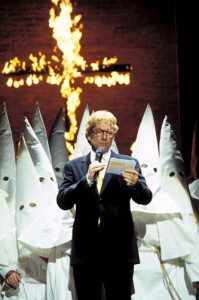 question has been all too rarely asked in the debate about cultural diversity and community empowerment. In fact, much cultural policy as it has developed over the past two decades has come to embody a highly peculiar view of both diversity and community. There has been an unstated assumption that while Britain is a diverse society, that diversity ends at the edges of minority communities. The claim that The Satanic Verses is offensive to Muslims, or Behzti to Sikhs, or indeed that Jerry Springer: The Opera is offensive to Christians, suggests that there is a Muslim community, or a Sikh community or a Christian community, all of whose members are offended by the work in question and whose ostensible leaders are the most suitable judges of what is and is not suitable for that community.
question has been all too rarely asked in the debate about cultural diversity and community empowerment. In fact, much cultural policy as it has developed over the past two decades has come to embody a highly peculiar view of both diversity and community. There has been an unstated assumption that while Britain is a diverse society, that diversity ends at the edges of minority communities. The claim that The Satanic Verses is offensive to Muslims, or Behzti to Sikhs, or indeed that Jerry Springer: The Opera is offensive to Christians, suggests that there is a Muslim community, or a Sikh community or a Christian community, all of whose members are offended by the work in question and whose ostensible leaders are the most suitable judges of what is and is not suitable for that community.
All such supposed communities are viewed as uniform, conflict-free and defined primarily by ethnicity, culture and faith. As a Birmingham Council report acknowledged about the council’s own multicultural policies, ‘the perceived notion of homogeneity of minority ethnic communities has informed a great deal of race equality work to date. The effect of this, amongst others, has been to place an over-reliance on individuals who are seen to represent the needs or views of the whole community and resulted in simplistic approaches toward tackling community needs.’
The city’s policies, in other words, did not simply respond to the needs of communities, but also to a large degree created those communities by imposing identities on people and by ignoring internal conflicts and differences. They empowered not individuals within minority communities, but so-called 5 “community leaders” who owed their position and influence largely to the relationship they possessed with the state.
Shabbir Akhtar no more spoke for Muslims than Salman Rushdie did. Both represented different strands of opinion. So did Gurpreet Kaur Bhatti and the outraged protesters outside the Birmingham Rep. In both cases, the conflict was not between a community and the wider society, but was one within that community itself. In fact, in almost every case, what is often called “offence to a community” is actually a dialogue or debate within that community. That is why so many of the flashpoints over offensiveness have been over works produced by minority artists — not just Salman Rushdie and Gurpreet Kaur Bhatti but also Hanif Kureishi, Monica Ali, Sooreh Hera, Taslima Nasrin and countless others.
Thanks, however, to the perverse notion of diversity that has become entrenched, Shabbir Akhtar has come to be seen as an authentic Muslim, and the anti-Behzti protesters as proper Sikhs, while Salman Rushdie and Gurpreet Kaur Bhatti are regarded as too Westernised, secular or progressive to be truly of their community. To be a proper Muslim, in other words, is to be offended by The Satanic Verses, to be a proper Sikh is to be offended by Behzti. The argument that offensive talk should be restrained is, then, both rooted in a stereotype of what it is to be an authentic Muslim or a Sikh and simultaneously helps reinforce that stereotype. And it ensures that only one side of the conversation gets heard.
Kenan Malik is a writer, lecturer, broadcaster and Senior Visiting Fellow at the Department of Political, International and Policy Studies at the University of Surrey. With research by Bogdan Dragos.


